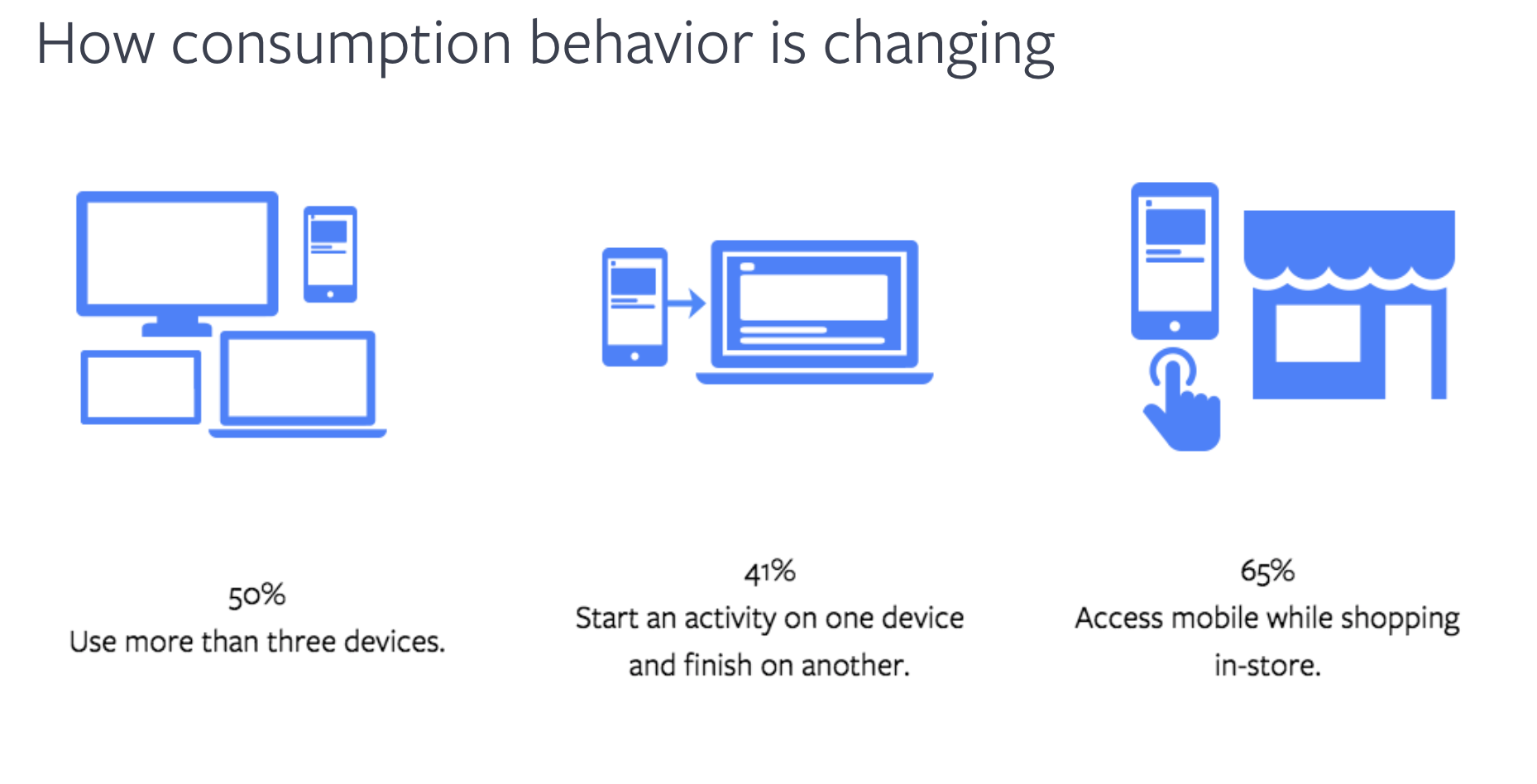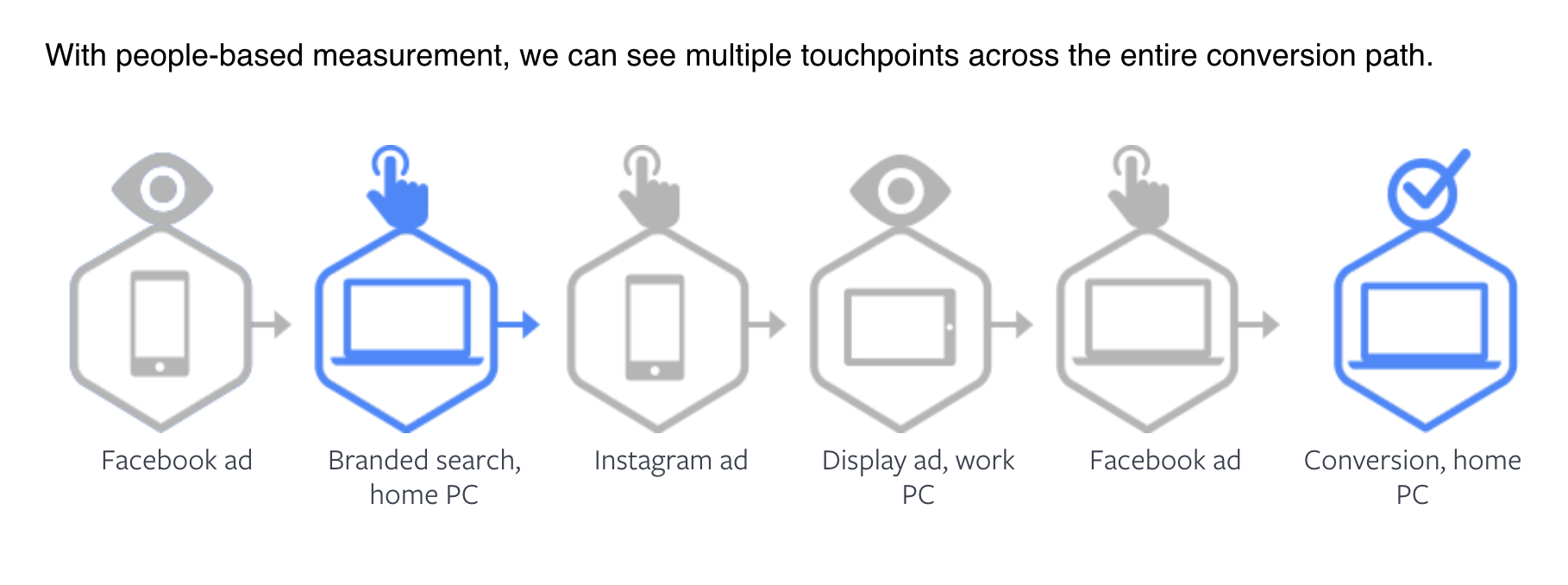Facebook Marketing Guide – People-based measurement enables you to accurately assign credit to each conversion, by tracking the entire consumer journey across publishers, devices, and platforms. This knowledge empowers you to make data-driven decisions on where to best-put ad spend to achieve optimal results and increase revenue.
- Helps you understand the cross-device, people-based path to conversion
- Provides actionable data for more efficient allocation of media spend
- Can analyze and compare publishers, campaigns, and cross-device performance
- Demonstrates the limits of only using the last touch model
- Shows what’s working and what isn’t among marketing channels
- How people-based, cross-device measurement enables MTA.
- The differences between people-based and cookie-based measurement.
- Several attribution models.
- The distinction between rule-based and statistical models.
- How Facebook attribution solutions can help your business grow.
- The impact of accurately attributing conversion credit.
- How attribution measurement insights may be used to increase ROI and revenue.
Attribution is the assigning of credit to a marketing touchpoint.
- The data underlying the customer’s path to conversion, and
- The model to which you choose to apply that data.
Facebook Marketing Data
The data consists of all the impressions, clicks and events tracked through ads, on your site, in your app, or offline. Looking at interactions across the whole path will give you a much broader perspective on what’s really driving conversions.
Facebook Marketing Model
The model is the lens through which the advertiser views that data. If you measure the whole consumer path (the “multi-touch” in MTA), you can use a range of models to analyze the data. A model’s interpretation of the data reveals attribution, which enables you to accurately apply conversion credit to the campaign tactics that deserve it. As with any measurement system, your attribution is only as good as the data you track and the model you use. Models can be rule-based or statistical. We’ll explore attribution models in detail in the next section.
Discover consumption behaviors from market research on Facebook.
Measuring with cookies alone can limit your insights into how people engage with your ads across different devices.
Below is a typical example of a customer’s path to conversion, showing ad consumption across multiple devices and media channels. Measurement based on cookies alone reveals only one touchpoint, the home PC since it’s the same device as the conversion. This gives you an incomplete view of the effectiveness of each part of your media plan.
In a cookies-based view of the conversion path, we can only see one touchpoint.
People-based measurement can reveal more complete conversion paths spanning across devices. Measuring cross-device behavior is essential in determining which ads are really driving conversions. People-based, cross-device measurement allows you to directly attribute up to 66% more digital conversion events than relying on cookie-based measurement alone.
An MTA model with good inputs assigns credit across the entire path to conversion. Credit across touches can be dictated by a statistical model and will vary by the user based on historical conversion path information.
to collect for MTA are:
- Inputs — views, clicks, media spend costs
- Outcomes — purchases and other types of conversions
Inputs
You can also think of inputs as media spend— where you spend your advertising dollars. This includes data on impressions clicks, and costs. This ad exposure data is gathered via tracking connections.
Outcomes
This is all your conversion information, gathered through Facebook Pixel, app events and offline conversions, including online, in-app and in-store sales.
Today, measurement for each of these emerging channels are typically proxy metrics, like cookies, device IDs, GRP vs brand lift or CTR vs sales. Last-click is not a good proxy for understanding which ads help grow your business.




